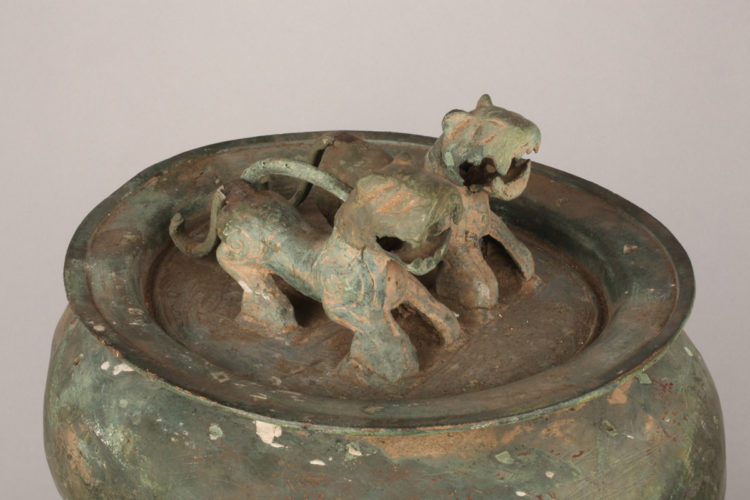In the first two years of the MINIM-UK project, cataloguers visited museums and heritage sites across the UK to help improve and create documentation about their musical instrument collections. This approach proved highly beneficial to collections needing expertise in the study of musical instruments, helping them highlight the importance of these objects and the stories related to them.
Thanks to support from the UKRI Global Challenges Research Fund, the Royal College of Music and MINIM-UK have been sharing this experience from the project with global partners. The aim is to foster new understanding between music museums, by promoting use of the MINIM-UK project methods to encourage sustainable development and sharing of collections information at national levels, and laying the groundwork for more extensive co-operation and information sharing internationally.
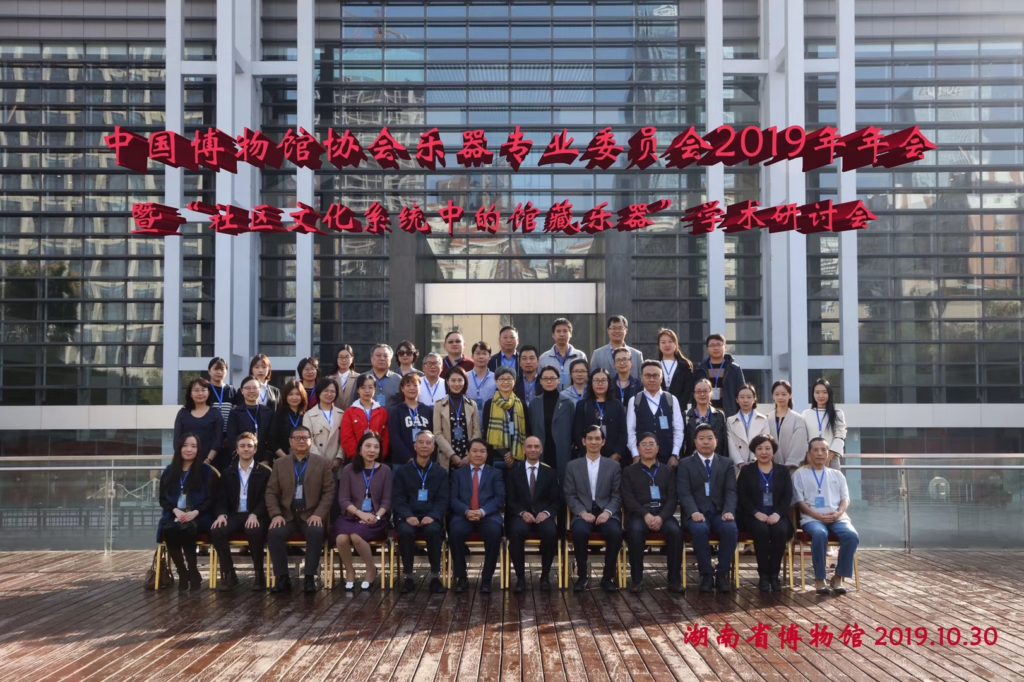
In October 2019 representatives from the Royal College of Music spent five days in Changsha, China, at the Hunan Provincial Museum, host of the Symposium of The Committee of Chinese Musical Instrument Museums and Collections.
The successes and learning points from the MINIM-UK project were presented as an example for co-ordinated national effort, aimed at bringing musical instrument museums into a single resource for research and public engagement. Participants from at least 20 music museums around China attended an introductory workshop on digital cataloguing and photography of instrument collections, followed by a hands-on opportunity to engage with the MINIM-UK resource.
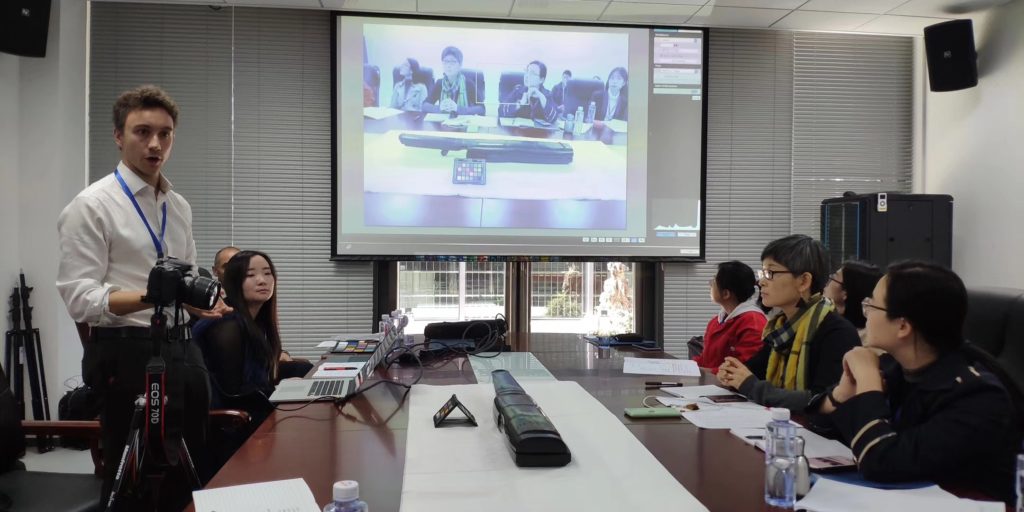
The Hunan Provincial Museum opened following redevelopment in 2017. Boasting abundant collections, the museum houses over 180,000 artefacts, which feature the cultural relics excavated from the world-famous Mawangdui Tombs of Han Dynasty, the bronze wares of the Shang and Zhou Dynasties, cultural relics of Chu State, pottery and porcelain works from various dynasties, calligraphy works and paintings, religious objects, handicrafts and cultural relics of modern times.
The museum serves as a unique window for people to understand the development of civilization in the Hunan province, and many of its objects are considered among the most significant cultural relics in China.
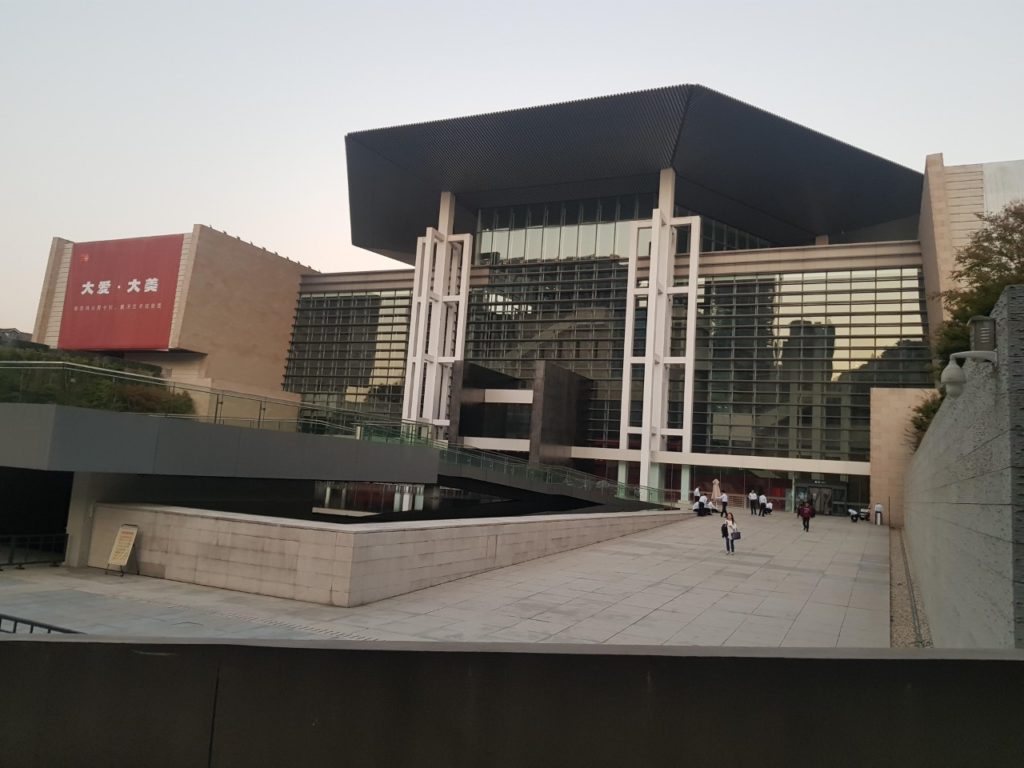
Following the symposium, we worked with the Hunan Museum to catalogue and photograph over 50 instruments spanning over 3,500 years of Chinese musical history.
This nao is dated to around 1600 B.C. A nao is a kind of upright bell with many uses. Historically, they were used in rituals to call ancestral spirits. Their sound decays quickly because they are not circular in shape, so their sound character was also useful in ensembles with other instruments, singers and dancers.
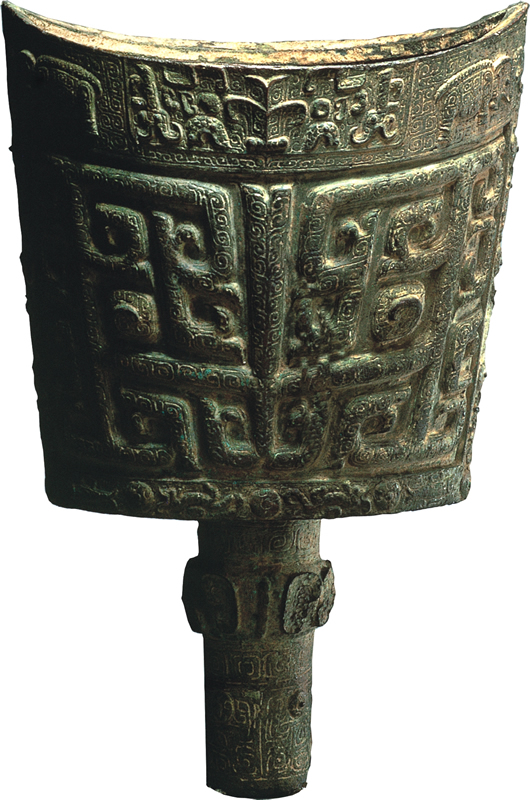
They were struck with wooden sticks, and would produce two distinct pitches depending on the striking point. When grouped together, they could be used to perform various ancient musical compositions.
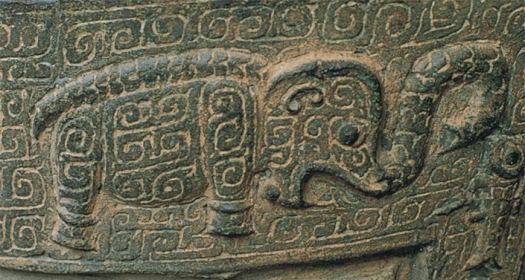
This yu (mouth organ) was excavated from the renowned Western Han Dynasty Tombs at Mawangdui. Dated around 163 B.C., it is one of the best preserved archaeological wooden instruments.
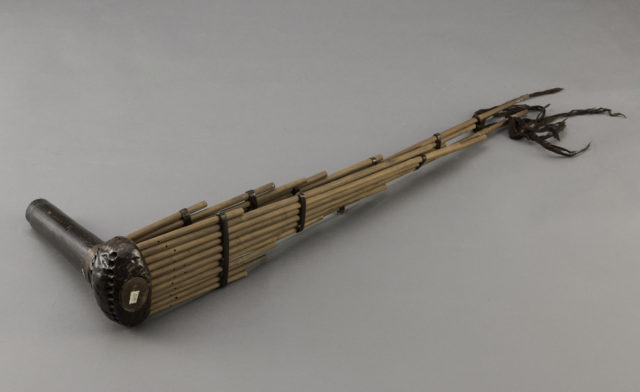
Thanks to the collaboration between the Royal College of Music and the Hunan Museum, we are delighted to present over 180 instruments from the Hunan Museum's historic and important collection of musical instruments for exploration on MINIM-UK.
Dr. Qin Fang (方勤), President of the Committee of Chinese Musical Instrument Museums and Collections (CCMI), comments: ‘CCMI is honoured and glad to facilitate the international collaborations between Chinese and UK museums and institutions. As one of the most important aggregators of Chinese music collection and as the music and museum branch of Chinese Museum Associates, we hope we can strengthen the bridge between China and the rest of the world, expand our reach and increase collaboration with our partners and friends.’

